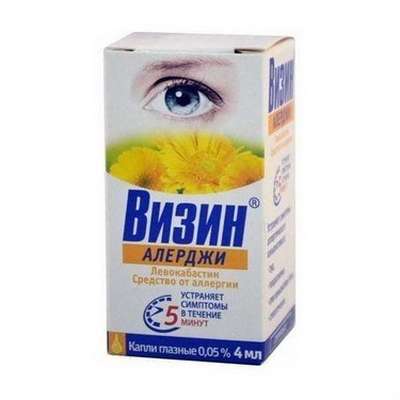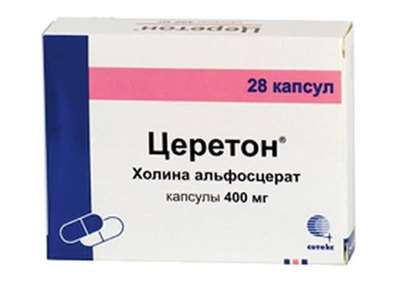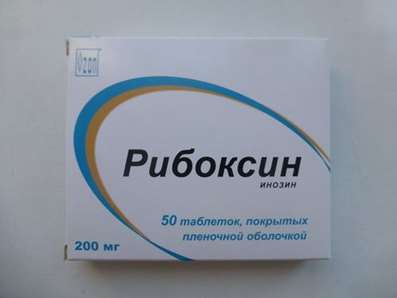Sports Pharmacology – Pharmacological Sport preparations
19 Oct 2016
Minerals
Potassium
Sodium
Chloride
Soluble salts (sodium and potassium chlorides) are included in all fluids which are in the body, and are involved in the entire spectrum of biochemical reactions.
These elements are lost in athletes sweat in increased amounts, so that it may be required to fill these elements with special preparations.
Ordinary table salt, which is added to most foods during cooking, provides the body with sodium, but it is important not to consume too much salt (sodium chloride), because it creates an extra burden on the kidneys. The chlorides are also found in yeast, bacon and smoked fish.
Potassium is present in yeast, fruit and vegetables. Trace data content in the products is slightly reduced during cooking.
Deficiency is unlikely because these elements are abundant in most foods. Additional quantities may be needed only after intense exercise, when these substances are lost with sweat.
Daily requirement:
- Potassium - 7-10 years, 2.0 mg, 3.7 mg of 11-14 years, 15 years and over 3.5 mg;
- Sodium - 1.2 mg 7-10 years, 11 years and over 1.6 mg;
- Chloride - 1.8 mg 7-10 years, 11 years and over 2.5 mg.
Toxicity: high levels of all three body elements lead to kidney problems. Each element of the three interact with others, so that the addition of only one of them can upset the balance. When potassium receiving in a dose of more than 17 g, there are marked toxic side effects.
The formulations: none, except for potassium. Special sports drinks contain these three components in a proportion to make up for their loss during exercise.
Some information about Phenotropil.
Magnesium
It is necessary for the transmission of nerve impulses, so sometimes it is called the "anti-stress element." Magnesium can help one to suppress depression and maintain healthy circulatory system, it helps prevent heart disease.
Magnesium ss deposited in the bones and soft tissues. Magnesium works together with calcium, hence these two elements must be in equilibrium. The best sources of magnesium: soy beans, nuts, grains of paddy grains, meat, fish and seafood, dates.
magnesium digestibility decreases when the joint consumption with the phytate present in whole grains, bran and fiber that bind magnesium, making it less available to the body. Its absorption prevent high amounts of phosphorus, calcium and vitamin D, and fat.
Cases of Magnesium Deficiency are rare as magnesium widespread. You lose the element during illnesses that occur with fever, vomiting and intestinal disorders.
Daily requirement:
- Girls 11-14 years 280 mg, 300 mg of 15-18 years, 19 years and over 270 mg,
- Boys 11-14 years 280 mg, from 15 years and above 300 mg.
Magnesium has low toxicity. Signs of overdose (3-5 grams daily for a long time) include reddening of the skin and very thirsty.
Preparations: most preparations contain Magnesium in dosage between 200 and 500 mg.
Calcium
Calcium in the body pretty much - about 1200 g, and more than 99% in the bones and teeth (98,90% - bone, 0.51% - in the teeth), 0.51% - in the soft tissues and the rest 0 , 08% - it is the calcium in the blood plasma and extracellular fluid, where the rigid maintenance of cell concentration is essential for the body. Calcium is involved in processes such as nerve impulse, maintain muscle tone, blood clotting, and so on. Reduced levels of ionized calcium leads to disturbances of bone mineralization, and reduce the loss of muscle tone, increased excitability of motor neurons and muscle cramps.
Professional sports is one of the risk factors for osteoporosis - bone systemic disease caused by the relative lack of calcium in the body due to its redistribution. Excessive physical activity is the cause of disease ligament-articular apparatus, pathological fractures, as a consequence of extremely large non-specific loads (for example, the development of unprepared "ridge" in the course of skiers, unsystematic bodybuilding).
The best sources of calcium: all dairy products, especially cheese, yogurt and cottage cheese, and green leafy culture, cauliflower, bone fish canned salmon and sardines), peanuts and sunflower seeds. In skimmed milk contains slightly more calcium than milk piecework. It absorbed only 20-30% of the incoming calcium food.
Calcium deficiency often in those who consume a lot of phosphorus. Anyone who adheres to a diet without dairy foods should consider taking calcium supplements.
Toxicity of calcium is low, since it is automatically removed excess body's filtering system. However, high doses of vitamin D can lead to deposition of calcium in the kidneys.
Daily requirement:
- Girls 11-18 years 800 mg, from 19 years and above 700 mg,
- Boys 11-18 years 1,000 mg, from 19 years and above 700 mg.
In children, due to intense bone growth is a great need for calcium. The biggest bone density is reached by 30-35 years. Then it decreases,
and we lose about 0.3% of the calcium in the year.
Recent scientific developments proved that calcium is absorbed only in combination with the active form of vitamin D.
Phosphorus
About 80% of the phosphorus in the body is in the bones. The remaining 20% are essential for the conversion of food into energy. Best sources: all dairy products, vegetables, fish, meat, nuts, whole grains. Phosphorus deficiency is rare, since the phosphorus comes into contact with different products and in many commonly used food additives.
Daily requirement:
- Girls 7-9 years 450 mg, 625 mg of 11-18 years, 19 years and over 550 mg,
- Boys 11-18 years 775 mg, from 19 years and above 550 mg.
In high doses it is toxic.
High levels of phosphorus in the body and interfere with the absorption of calcium can lead to bone fragility.
Preparations with phosphorus are not necessary for a healthy person with an ordinary load level, but the athlete when performing high-speed operation is needed diet with a high content of phosphorus and specific drugs.
Boron
In medicine, this element has gained popularity as a supplement for strong bones. It is assumed that boron contributes to the prevention of osteoporosis and arthritis.
Best sources: root vegetables grown in soil enriched boron.
The boron content is reduced due to excessive cleaning products. Pronounced cases with symptoms of boron deficiency is not marked.
The daily requirement is not set, but in the normal diet contains about 2 mg of boron.
Symptoms of toxicity appears at doses of about 100 mg.
Dietary supplements typically contain 3.1 mg boron. To improve absorption of boron additives must be balanced with calcium, magnesium and vitamin D.

 Cart
Cart





